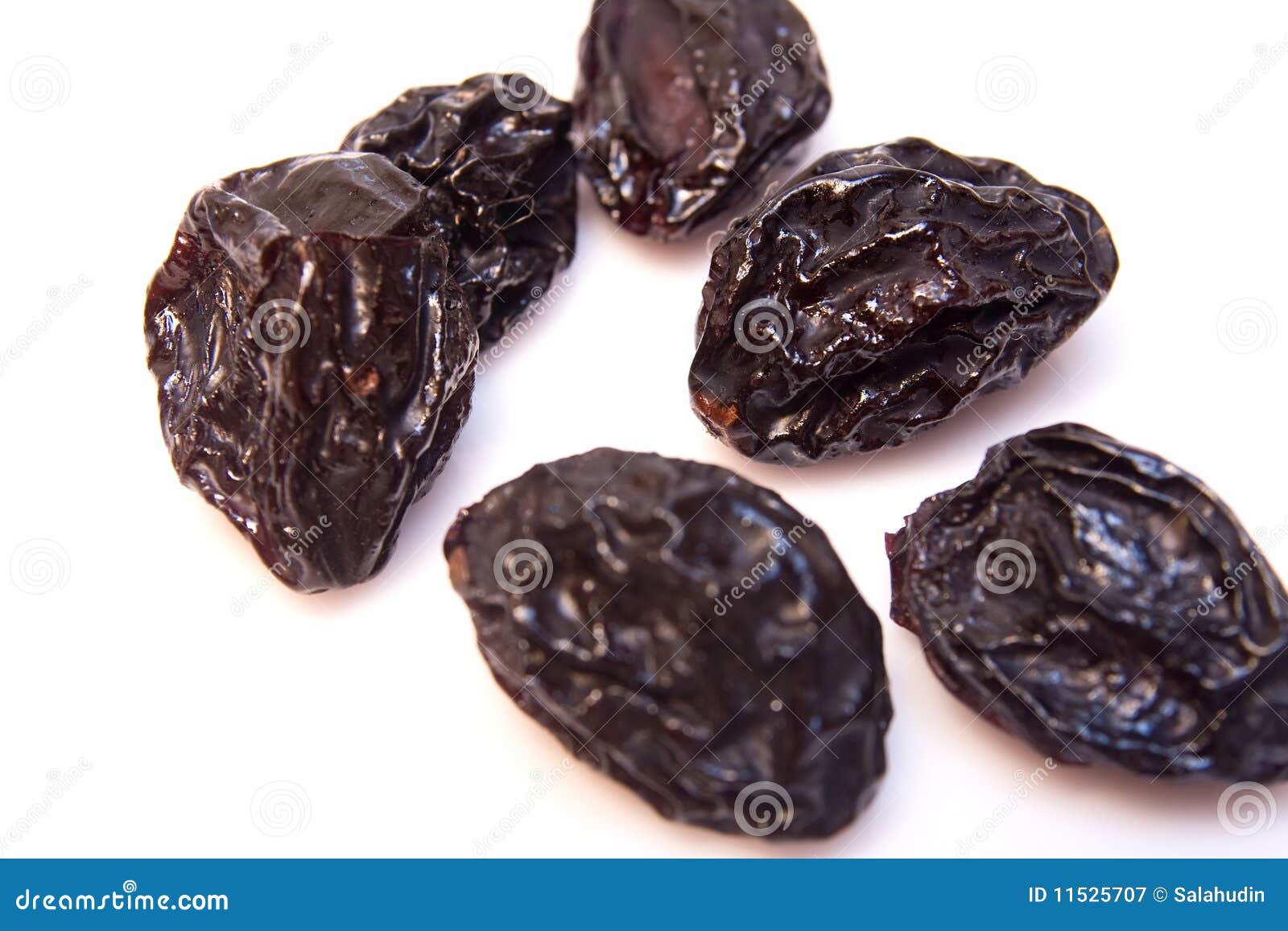

This operation can also be done at the beginning, the only drawback is that this way the fruit needs to be cut in half to remove the stone, and they will lose the density we normally see and taste. Once the skin has shrunk, but is not yet completely dry, it’s time for the most laborious part, as the plums need to be pitted, one by one. Alternatively bake them at a temperature of around 50 or 60 degrees with the door half closed for a couple of hours. If the weather is mild and you have the necessary space, you can also put them to dry in the sun. When the skin is bulging the plums should be drained and laid out on grills to dry. They shouldn’t be cooked, just blanched, so for no more than one minute in the water. In the meantime, bring to the boil a pot of sufficient amount of water to contain the fruit you have available. First, the plums should be washed and dried thoroughly. The procedure to dry plums, although time consuming is actually quite simple. You can easily find them in the supermarket but for those who have plenty and want to avoid throwing the fruit that can no longer be eaten fresh away it’s certainly useful to know how to make prunes at home. Dried they are perfect as a mid- morning snack or as a healthy and balanced afternoon snack thanks to their energizing, tonic and purifying properties. Plums are fruit of the Prunus domestica tree, native to Asia.


 0 kommentar(er)
0 kommentar(er)
